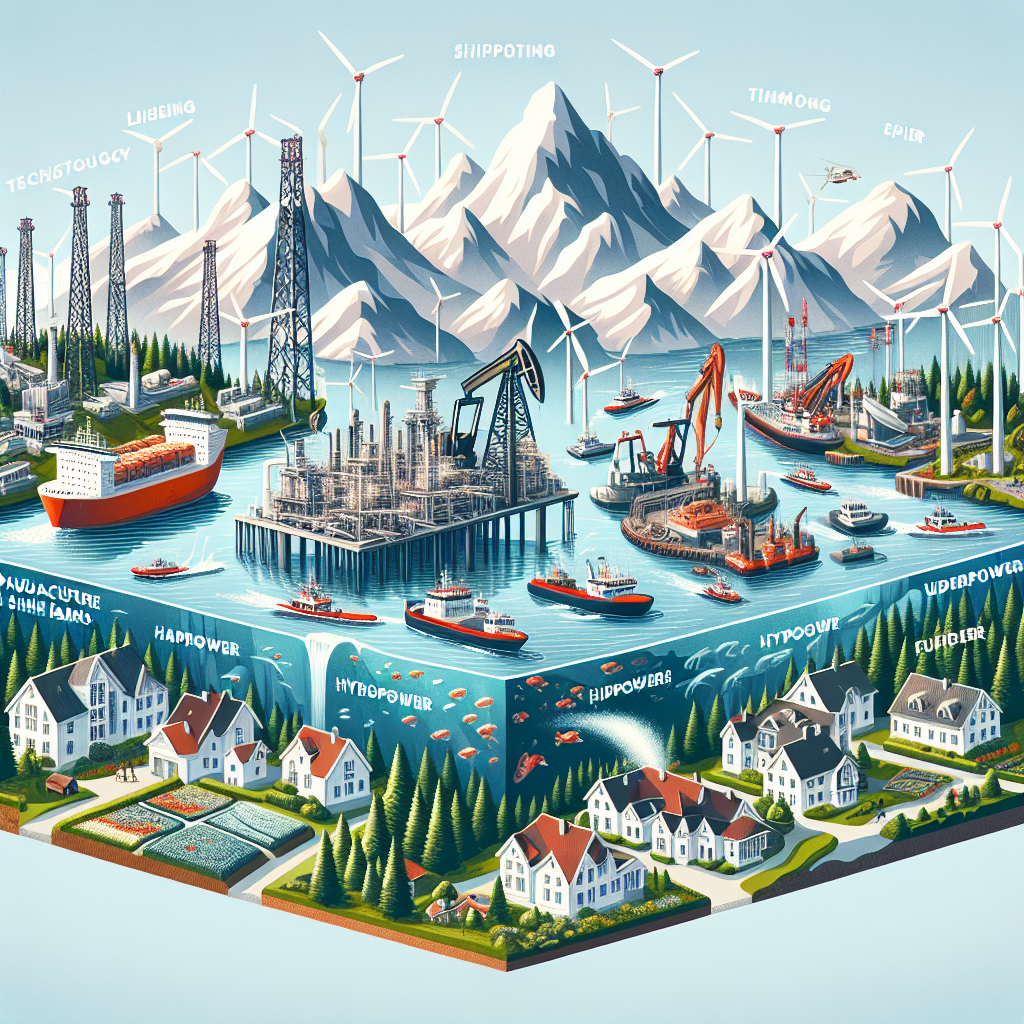Germany's Economy Falters: Awaiting Recovery Amidst Global Trade Challenges
Germany's economy shrank by 0.3% in the second quarter, with the slowdown attributed to decreased U.S. demand and internal structural issues. Revised figures indicate stagnation in exports and investment, alongside a slight increase in household consumption and government spending. Recovery is not expected before 2026.

Germany's economy experienced a decline of 0.3% in the second quarter, attributed largely to a drop in demand from the United States, its top trading partner. This contraction follows months of anticipatory buying amid U.S. tariff concerns.
The revised economic data, released by the statistics office, has adjusted previous reports, now showing a 0.1% drop in household consumption and a significant 1.4% decrease in investment. Government spending, however, rose by 0.8% from the previous quarter.
Despite a July framework trade deal between the EU and the U.S., exports saw a decrease of 0.1%. Positive signs emerged in August, as the private sector saw growth spurred by the manufacturing sector, though economists warn that a full recovery may remain elusive until 2026, hindered by structural challenges and increased U.S. tariffs.
(With inputs from agencies.)










